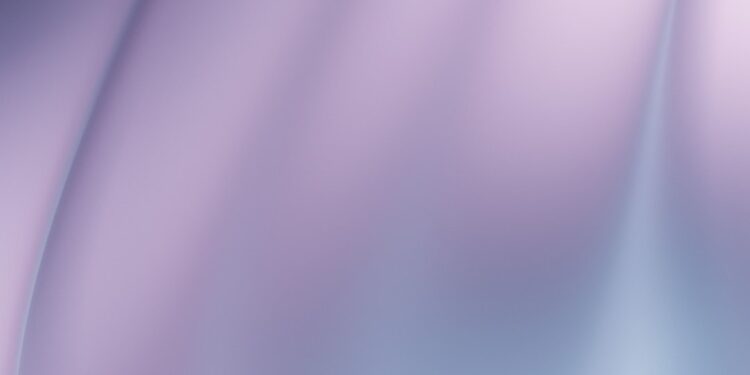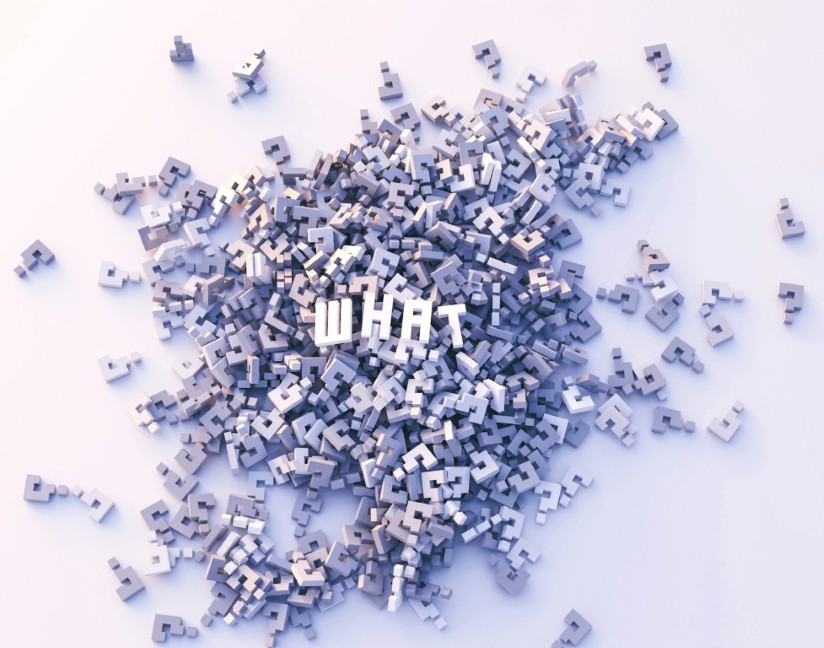The Art of Collage: Blending Different Elements to Create Unique Masterpieces
Art is a way of self-expression, a form of communication that transcends boundaries, and collage is a medium that allows artists to experiment with blending different elements to create unique and captivating masterpieces. The art of collage is a celebration of diversity, as it involves combining various materials such as photographs, paper, fabric, and even found objects to produce visually stunning works of art.
Collage as an art form dates back to the early 20th century when artists like Pablo Picasso and Georges Braque pioneered the technique as a part of the Cubist movement. However, it gained significant popularity in the 1960s and 1970s during the height of the Pop Art movement, with artists like Robert Rauschenberg and Richard Hamilton utilizing collage as a means of commenting on consumerism, popular culture, and the mass media.
One of the defining characteristics of collage is its ability to juxtapose unrelated elements, creating unexpected harmonies and intriguing visual narratives. The act of blending different materials together allows artists to break free from conventional artistic constraints, inviting viewers to explore new perspectives and challenge the boundaries of traditional art.
When creating a collage, artists have an endless array of possibilities to choose from. They can incorporate photographs from magazines, newspapers, or personal collections, bits of colored paper or fabric, and even three-dimensional objects such as buttons, beads, or shells. These diverse elements come together to tell a story, evoke emotions, or intrigue the viewer’s imagination.
The process of making a collage is akin to solving a puzzle; artists meticulously arrange and rearrange the elements until they find the perfect composition. It requires a keen eye for detail and a willingness to experiment and take risks. The act of cutting and pasting becomes a dance of creativity, as the artist decides which elements to emphasize, which to conceal, and how they will interact with one another to create a cohesive whole.
Collage allows artists to explore themes of identity, memory, and social commentary. By incorporating images from different sources and contexts, they can reimagine reality and offer a new perspective. For example, artist Hannah Hoch, a prominent figure in the Dada movement, used collage to challenge societal norms and gender roles, creating dynamic and thought-provoking compositions that sparked conversations about gender inequality and the objectification of women.
Collage can be seen as a metaphor for life itself – a compilation of different experiences, memories, and influences. In a world that is becoming increasingly interconnected, collage is a powerful tool to express the complexity of human existence. It reflects the fragmented nature of our lives, where we constantly absorb information, ideas, and images from a multitude of sources and blend them together to create our unique narratives.
Moreover, collage can be a therapeutic and cathartic practice. It allows artists to explore their innermost thoughts and emotions, giving them a visual platform to express their experiences and make sense of the world around them. The act of cutting, tearing, and rearranging materials can be meditative, providing a sense of control and release.
In recent years, collage has experienced a resurgence in popularity within the contemporary art scene. With the rise of digital technology, artists are now able to merge traditional and digital techniques, blending hand-cut elements with computer-generated imagery. This fusion of analog and digital creates new possibilities for artists to push the boundaries of collage further, offering a fresh take on this age-old art form.
The art of collage embodies the spirit of creativity, innovation, and individuality. It celebrates the beauty of imperfection, as each piece is a testament to the unique vision of the artist. Whether it’s a playful representation of childhood memories, a thought-provoking political statement, or a mesmerizing exploration of color and texture, collage continues to captivate and inspire audiences around the world.
In conclusion, the art of collage is a testament to the power of blending different elements to create unique masterpieces. This art form embraces diversity and challenges the traditional notions of art-making, allowing artists to transcend boundaries and tell compelling visual stories. So, if you’re feeling inspired, pick up some scissors, gather an assortment of materials, and let your imagination run wild – who knows, you may just create a breathtaking collage that resonates with others and leaves a lasting impact.














